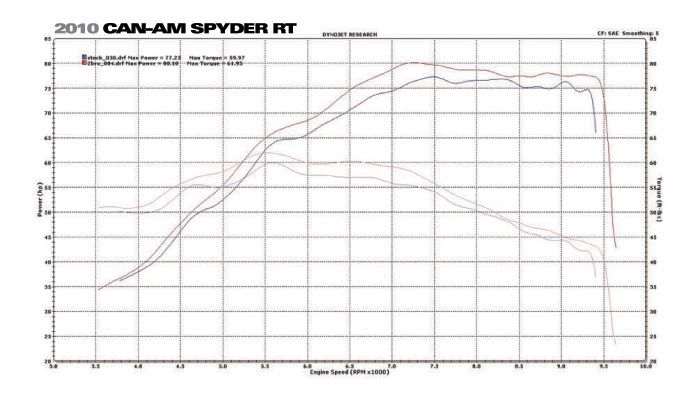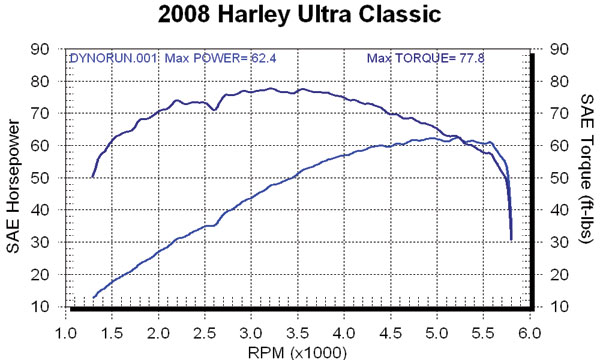I shift up (lower to higher) at 5,000 plus. I shift down (higher to lower) at 4,000. I try real hard to never let it be less than 3,500 unless I'm in 1st gear. Since doing this my mileage has improved a little bit--not a lot, just a little bit. Why higher RPMs gives better mileage is beyond me. I tried to understand why, but I just didn't understand.
It is really pretty simple. It's all about the sweet spot where power and efficiency meet. In baseball, if a hitter's bat strikes the ball too early in the swing or too late in the swing the ball doesn't go very far. But if the bat strikes the ball in the hitter's 'Sweet Spot', even a weaker hitter can send the ball a long way. A strong hitter has a bigger sweet spot than a weaker hitter. But they all have them.
This is something like what an engine does. If you shift too early or too late, outside of the engine's sweet spot, you're going to loose efficiency and it's hard on components. Not only that but running your engine where it makes the most power (highest efficiency) you're going to go further on a gallon of fuel and get better gas mileage too.
I know this chart is a bit hard to read. But the first entry is 3,000 RPM with increments of 500 RPM after that. You can see that they don't even start the HP/TQ figures until 3,500 RPM which gives you 35hp and 50ft/lbs tq to work with. That's not much so the clutches slip on an SE5 so you don't kill the engine or work it too hard this far from its sweet spot.
A little clutch slippage is fine, they are designed for that. A lot of clutch slippage is not good and that's where people get themselves into trouble.
When you get to 5,500 RPM you've nearly doubled the HP output at 65 and you're at peek TQ at 65ft/lbs. From here TQ begins to fall off but HP continues to build until about 7,500 RPM
For reference, here is a Harley power curve chart. The Spyder is a 998cc motor and the chart is rear wheel figures. The Harley engine listed is 1,575cc (63% bigger) and I don't know if the chart figures are crank shaft or rear wheel, but for this example it doesn't matter that much.
As you can see, where the Spyder doesn't really start making power until 5,500 RPM, the Harley starts making power much sooner. At just 1,500 RPM this engine is making 60ft/lbs of torque. That is idle speed on the Spyder. HP is less than 20 but Torque is what moves you. That's why you can 'Chupida, Chupida your Harley down the road at very low RPM and be fine with it. It's engineered for that.
Max torque is reached at 3,000 RPM on this engine with everything falling completely off the map at 5,500 RPM.
Right about the time the Harley is done, our Spyder is just coming alive.
Would you run this Harley at 7,000 RPM? You wouldn't run it there long before you'd destroy it. Same thing with the Spyder in reverse. Run it much below 5,000 RPM and you're going to destroy it, though not as quickly as running the Harley at 7k
So, the sweet spot on our Spyder is roughly 5,500~8,500 RPM. The sweet spot on the Harley is roughly 2,500~5,000 RPM.
The moral of this story is; Don't buy a Harley and ride it like a Spyder. And Don't buy a Spyder and ride it like a Harley. If you do, neither you or your ride will be happy campers.


